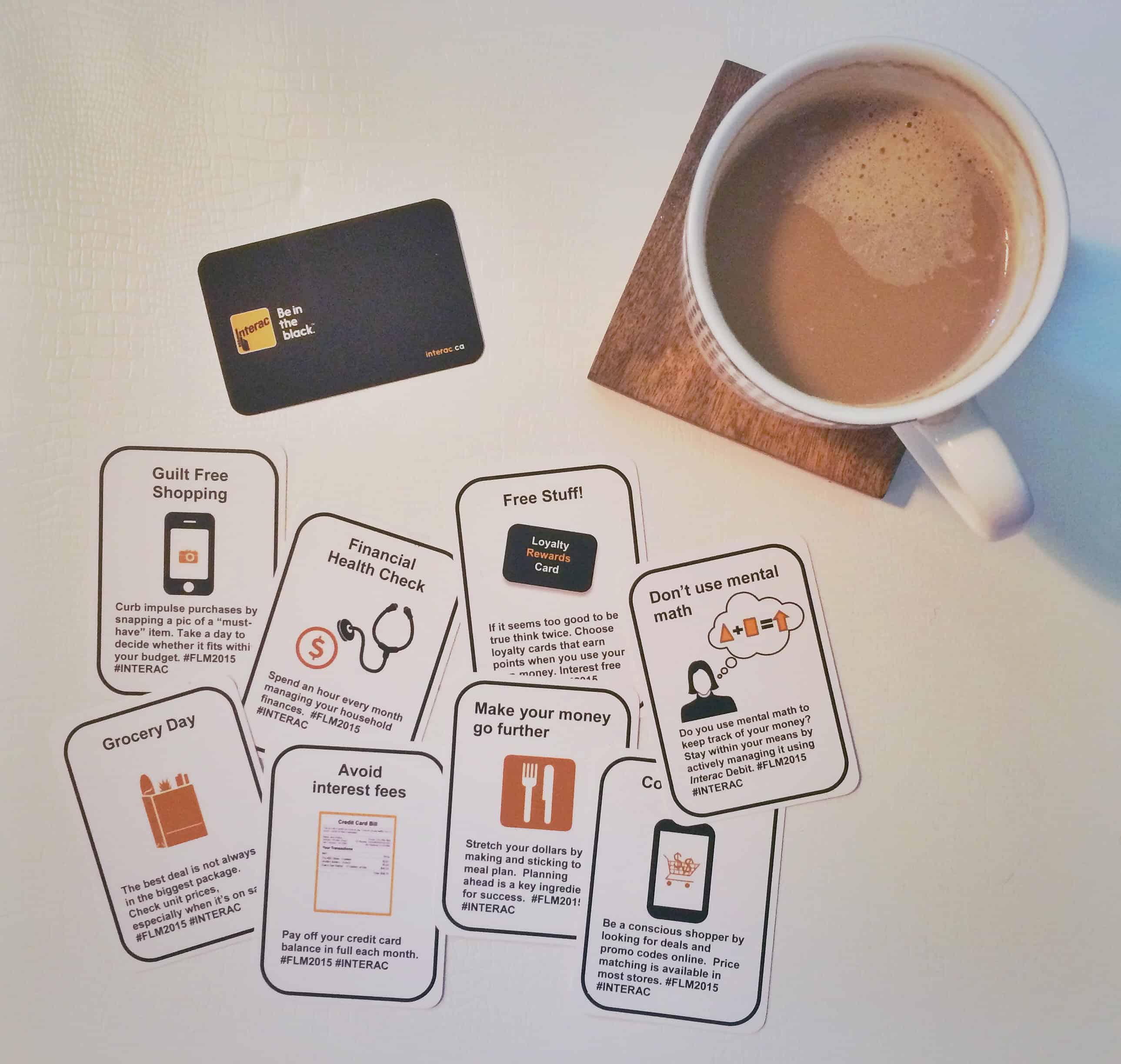Getting your finances under control is pretty much the most empowering feeling ever. Having made mistakes in the past, I know first-hand how awful it feels to find yourself in a sea of credit card debt with nothing to show for it. That sinking feeling every time you see a new statement show up in your mailbox, or the shame of a 1-800 number from collections buzzing while you’re in the midst of a dinner you probably can’t afford; it’s completely deflating.
As November is Financial Literacy Month (FLM), I wanted to share my story and offer some tips. After a long battle with denial, I forced myself to face the financial ghosts of my early twenties and come up with a repayment plan. I’m happy to share that I’m now over the hump, and steps away from being completely debt free.
Cutting credit cards out of my life was one of the most significant changes I made, and something I swear by to this day. Unless it’s a business expense or a plane ticket, it’s going on my Interac card. I may be losing points on everyday purchases, but what I’m gaining is so much bigger and better — control of my finances. I’m no longer spending imaginary money that I don’t have; instead, every penny is accounted for.
Another trick was curbing impulse buys. They won’t make you feel any better in the long run. Instead, if you really want something, put it on a 24-hour hold. If you don’t wake up thinking about it — guess what — you don’t really need it and it’s probably not going to change your life. Congrats, you just did some great adulting by showing restraint!
Setting a time to go over your finances on a weekly, or monthly basis is also necessary. It’s the only way to figure out your spending patterns and see where you can cut back. Looking at bank statements is definitely not my idea of happy fun time, but I always try to make the experience a little more pleasant via classical conditioning (see Pavlov’s dog). #Treatyoself to a milkshake or fresh smoothie while you rifle through receipts to make the process a little sweeter.
We’ve teamed up with Interac to encourage Canadians to develop strategies to ensure their long-term financial well being. It’s a cause near and dear to my heart and wallet, and should be for every responsible adult.
Personally, I use my Interac card for 99% of my purchases so I was shocked to learn, only recently, that Interac is a not-for-profit corporation. In hindsight it makes sense — it’s how they’re able to keep user fees so low. Another fun fact: paying with cash or Interac actually helps small businesses. Unlike credit card companies, Interac charges a small flat rate with every debit transaction and doesn’t calculate fees as a percentage of sale price, which can be astronomical.



 Follow Us On Instagram
Follow Us On Instagram
